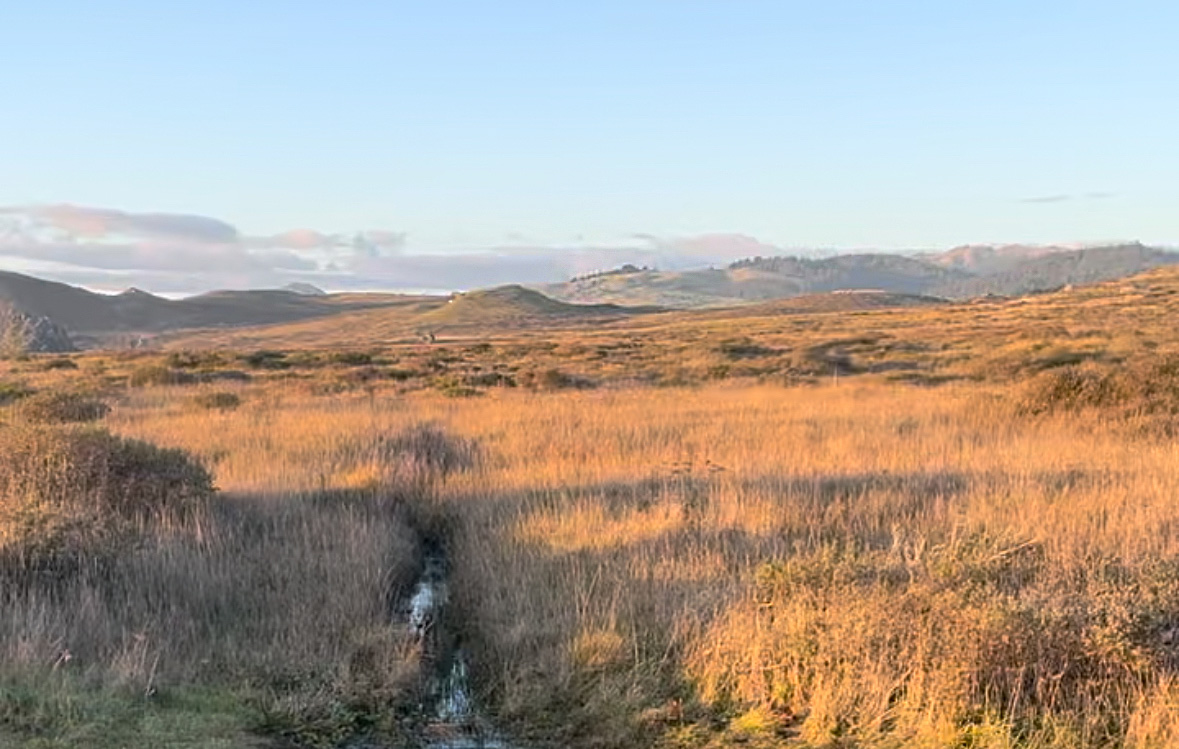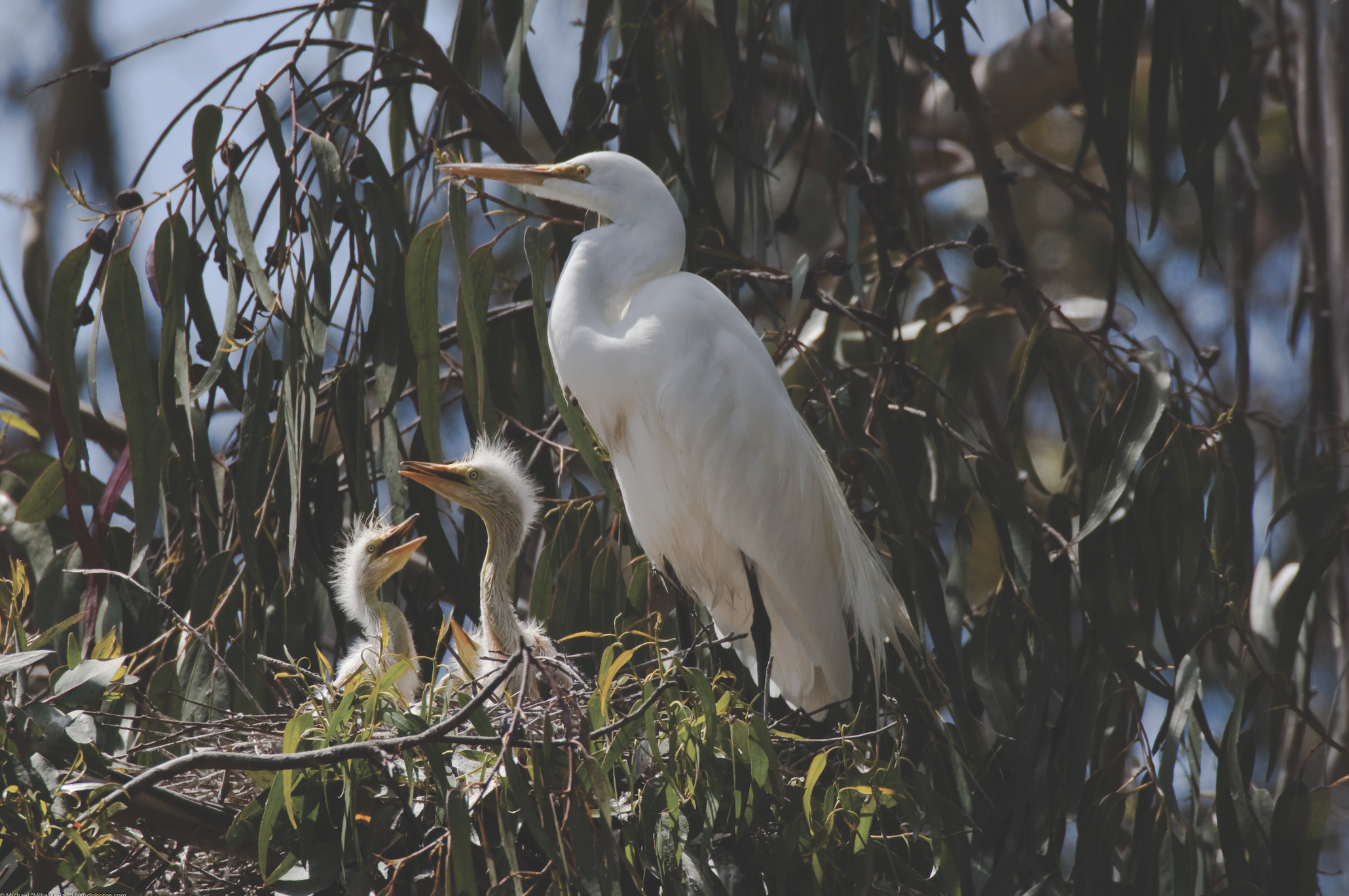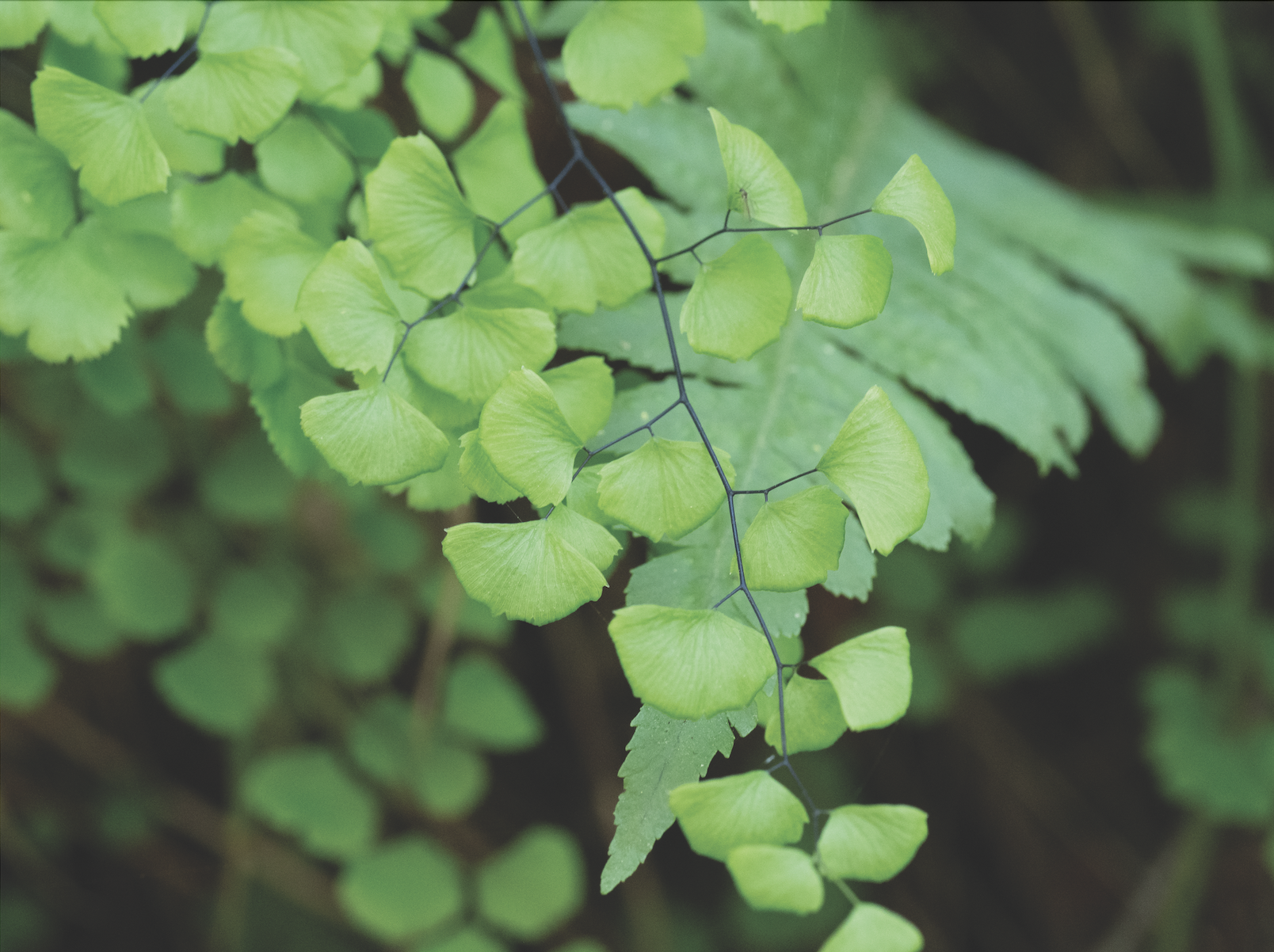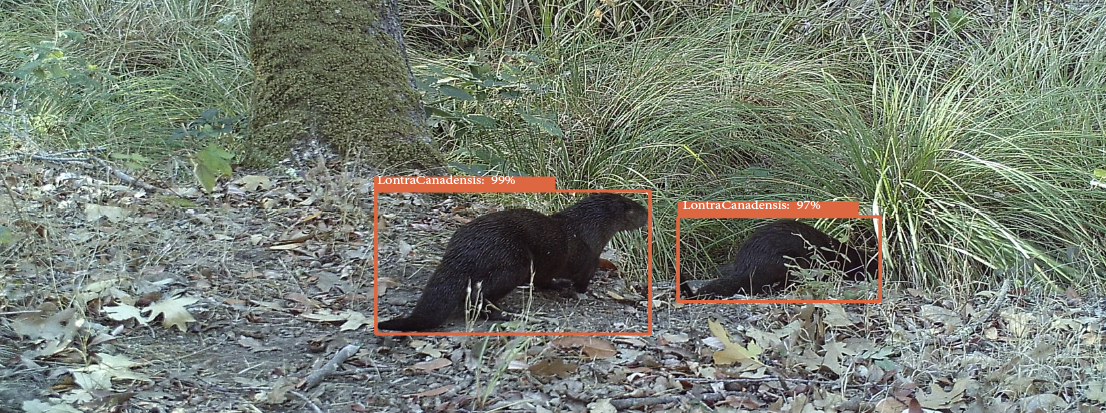|
Getting your Trinity Audio player ready...
|
This essay is the first in a 2-part series about California’s coastal prairies, home to North America’s most species-rich grasslands, and their entanglement with humans and fire.
The home of golden light and deep roots
North Bay, CA – A patch of swaying blades whispers the distinct song of shimmering grass, the scent conjuring memories of slow afternoons with sandy toes and salty lips. They sigh as the coastal breeze ripples through the patch, sending freckles of golden dust to the air and chorus of insects alight within these Coast Miwok and Miwok homelands.
Sun-loving California brome and blue wild rye are signature perennials of a unique grassland ecosystem known as coastal prairie. Purple needlegrass, the blush of meadow, is named for the color of their young seeds swaying from nodding stems, their prickle noticeable against bare ankles. Another pillar of the meadow, this long-lived heat and drought tolerant species holds degraded and disturbed soils together for 100 years or more.
The deep roots of these native bunch grasses hold strong, reaching as far as 20 feet below. The rich and dark earth from which they grow is a culmination of centuries-long accumulation of organic matter, responsible for storing up to 20% of the world’s organic carbon.
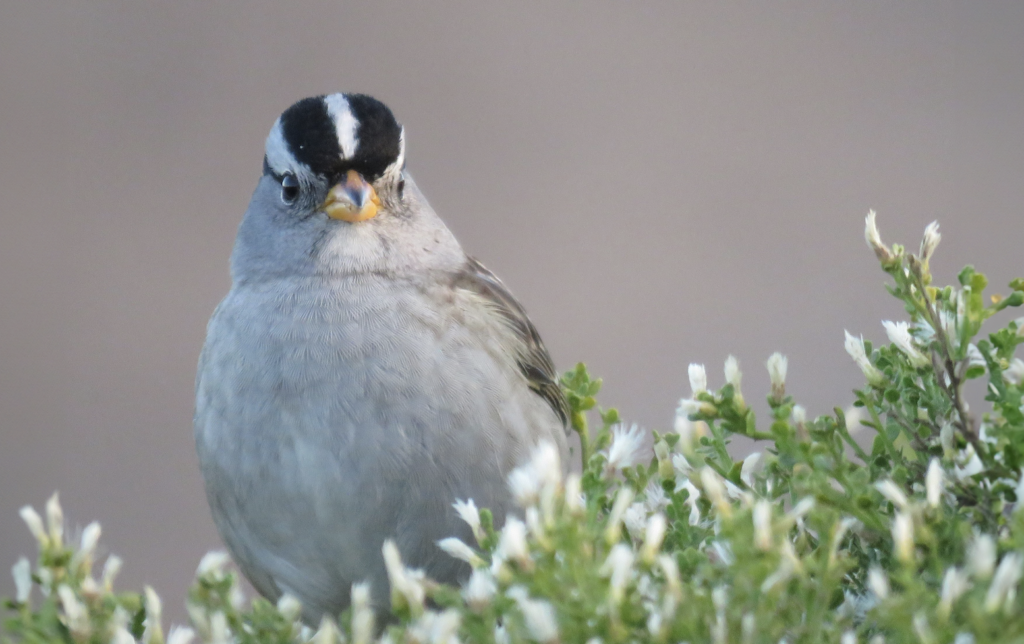
An abundance of space to burrow, forage, and hunt
Runways part the grasses to reveal a network of connecting burrows belonging to California vole, remnant creatures of California coastal grasslands extending back several million years. Their fervent grazing can dramatically alter landscape richness when given the opportunity, the open space lending ample room to see and flee predators. Bobcats and other grassland predators like red shouldered hawks train their eyes upon the runways, waiting for the perfect moment to catch their prey in full sunlight.
Nearby trills a song unique to the neighborhood. Scurrying about in search of grass seeds and insects before dashing back to the safety of brush, Nuttall’s White-crowned Sparrows are a non-migratory subspecies that only nest in a narrow band along the Northern California coast. A lone coyote brush serves as an excellent lookout onto wide open grasses and a safe place for these ground foraging songbirds to retreat from predators.
California’s coastal prairies are the most species-rich grassland types in North America, with up to 26 species present per square meter. They’re also one of the most threatened ecosystems in North America. In 2024, less than one percent of undisturbed coastal prairie remain.

A thirst for sunlight and fire
The fine blades of grass have adapted to easily ignite in the dry heat of the summer. Grassland fires burn low to the ground, sweeping through in a flash and taking out seedlings of tree and shrubs still vulnerable to fire. The long-lived root structure of perennial bunchgrasses are especially resilient to fire, resprouting from their deep root systems almost immediately after a scorch. Fire is one of the greatest allies to help grasses push back against the dark cool forest. But without fire, there’s a problem. In the absence of frequent disturbance, even plants endemic to California become deadly competition.
At the edge of the prairie, a dense stand of young Douglas firs cast a shadow across the grasses. Firs play a vital role in forest habitats, yet here in the grasslands, their long shadow on the understory makes it impossible for tender grasses and wildflowers to find the abundant sunlight they need to survive. Left unchecked, fast-growing Douglas firs and coyote brush will eventually convert the few remaining native prairies into forests.
Species that depend on the coastal prairie ecosystems struggle as well. Only half of the places Nuttall’s White-crowned Sparrows were found in the 1970s now remain. Data gathered from Point Blue Conservation showed that as the area around their Palomarin Field Station in Bolinas changed from grassland to shrub to Douglas fir forest, White-crowned Sparrows declined by around 70%.

On the edge of Bolinas Lagoon, a century of lost coastal prairie
“The landscape around us is telling a story – what species are there, how old they are, and the composition of the community. It tells a story of thousands of years of Indigenous burning and a century-long absence of burning; of logging and grazing; and of a conservation group that bought the land and then left it alone, believing it would heal itself.”
– Brian Peterson, fire ecologist
Martin Griffin Preserve encompasses 1,000 acres in West Marin along the eastern shore of the Bolinas Lagoon. Only 72 years ago, the preserve was a mosaic of grassland and forest habitat, operating for many years as a family-run dairy ranch. Audubon Canyon Ranch purchased the land in 1962 to protect it from development. As a wildlife sanctuary, it hosted one of the most significant and well-studied Great Blue Heron, Great Egret and Snowy Egret nesting sites on the West Coast.
Despite successful land preservation efforts, the prevailing hands-off conservation approach of the era combined with a culture of fire suppression only hastened the loss of the struggling coastal prairies.

The confusing tangle
“The coastal prairie at Martin Griffin Preserve is a result of what’s happened. There are shadows of these things across the landscape, and now they’re growing together in a confusing tangle.”
In this time, the ecosystems changed rapidly. Areas of the preserve previously characterized by coastal prairie quickly began converting to a young and very dense Douglas fir forest. The largest and oldest trees had limited canopy with densely stacked branches continuing down into the accumulated duff and litter. Stems of young firs were a mere few feet apart, most already dead from competing with each other. Struggling native bunchgrasses that were once prolific now barely held on to life. Without light reaching the forest floor, almost nothing could grow or move beneath the tangle.
Without active stewardship, our love for nature meant unintentionally loving it to death.
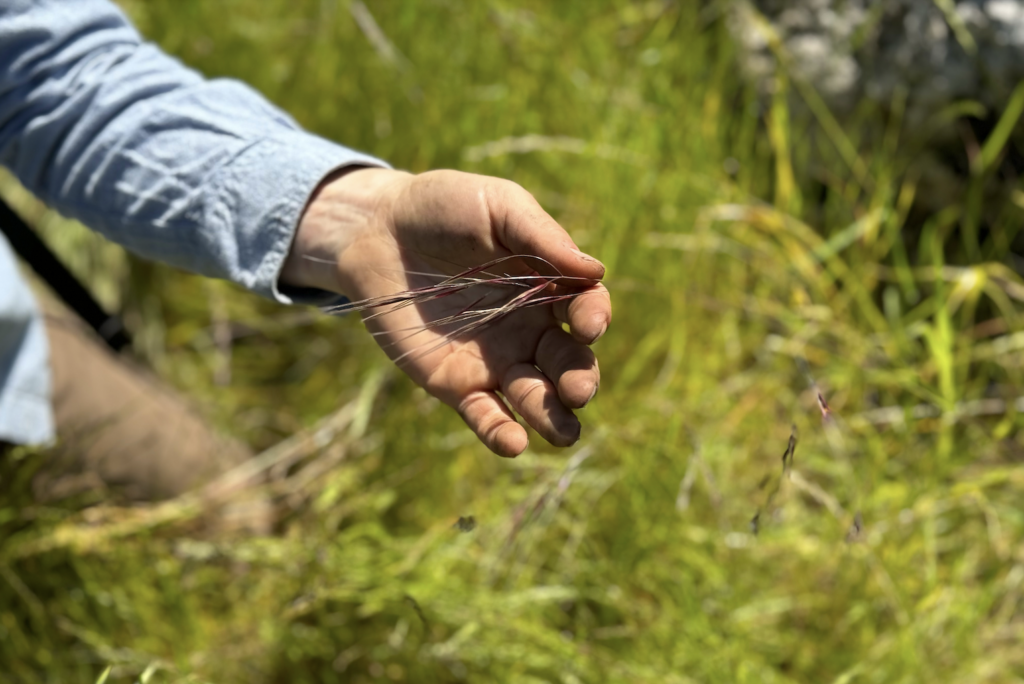
Change starts at home
“As an ecologist you look at the tangle and see the mess of past and present. Contained in that tangle is the future – a future that depends on a mosaic of highly adaptive biodiversity and heterogeneity that leads to resilience in plants, animals, and humans. We’re spotting these parts that are still there, buried in the tangle, that we can nurture. We’re starting with these parts first and revitalizing the processes that offer the best chance of survival. We must envision a future we want and actively steward that. The way I see it, that begins with fire.”
Like the changing environment, we’re rapidly adapting our approach to restoration and stewardship at Martin Griffin Preserve. With the support of a Coastal Conservancy Grant in 2019, our Fire Forward program has been regularly returning fire to the land through prescribed burns, and evolving how we extend restoration work into the community by providing workforce development with partners like the Forestry and Fire Recruitment Program and the Good Fire Alliance.

Returning fire to coastal grasslands
Fire-dependent ecosystems like the coastal prairies of Martin Griffin Preserve need thoughtful, ongoing stewardship that honors thousands of years of coevolution with Indigenous fire tenders. Learn how we’ve been making this change in Part 2: Returning fire to coastal grasslands coming later this summer.
